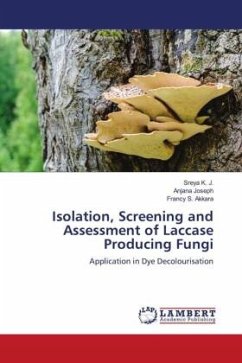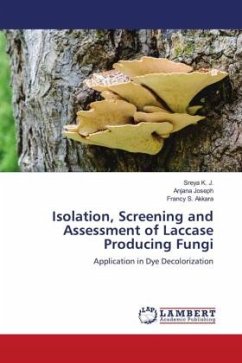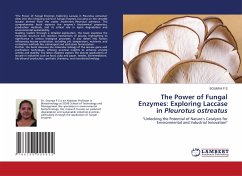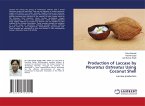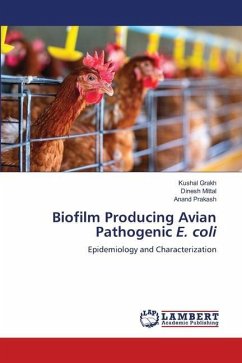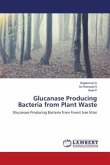The Laccase enzymes are widely distributed in the nature and they can be seen in fungi, bacteria, plants and insects. These enzymes are multi-copper oxidases and participates in cross-linking of monomers, degradation of polymers, and ring cleavage of aromatic compounds. Laccase find wide commercial applications in treatment of textile effluents that have high concentrations of dyes. Laccase has been used to oxidatively detoxify or remove various aromatic xenobiotics and pollutants found in industrial water and contaminated soil or water. The study comprises of isolation of laccase producing fungi and the evaluation of the remediation potential of isolated fungus to decolorize the various textile dyes. Apart from these, a comparison of the efficiency of immobilized enzyme and free laccase enzyme in waste water treatment was also carried out.
Bitte wählen Sie Ihr Anliegen aus.
Rechnungen
Retourenschein anfordern
Bestellstatus
Storno

